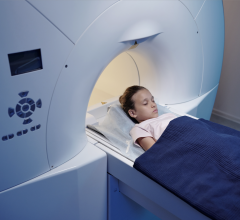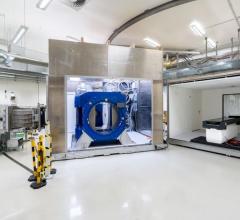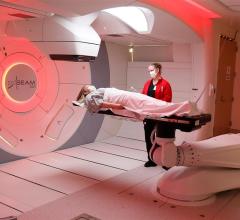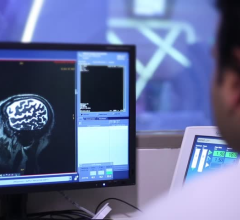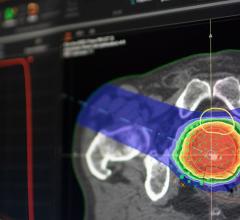June 15, 2007 - With a technology transfer agreement recently announced, the first compact proton therapy system, one that would fit in any major cancer center and cost a fifth as much as a full-scale machine is nearing reality thanks to scientists at Lawrence Livermore National Laboratory in a project jointly funded by the Laboratory and UC Davis Cancer Center.
Proton therapy is considered the most advanced form of radiation therapy available, but size and cost have limited the technology’s use to only six cancer centers nationwide.
In the new technology transfer pact, Lawrence Livermore National Laboratory has licensed the technology to TomoTherapy Incorporated of Madison, WI, through an agreement with the Regents of the University of California.
TomoTherapy will fund development of the first clinical prototype, which will be tested on patients at UC Davis Cancer Center. If clinical testing is successful, TomoTherapy will bring the machines to market. The compact system is expected to fit in standard radiation treatment suites and to cost less than $20 million. The compact system will be mounted on a gantry that rotates about the patient.
In addition to overcoming size and cost obstacles, the compact system will reportedly improve on existing full-scale systems by including the capability to vary the energy, intensity and “spot” size of the proton beam. Radiation will be produced in rapid pulses, creating small “spots” of dose throughout the tumor. Currently only one proton facility in the world, the Paul Scherrer Institute in Switzerland, is able to deliver this intensity-modulated proton therapy (IMPT). IMPT is generally considered the best way to destroy tumors while minimizing damage to surrounding healthy tissue.
For more information: www.llnl.gov or www.tomotherapy.com

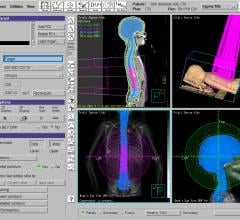
 May 06, 2024
May 06, 2024 

